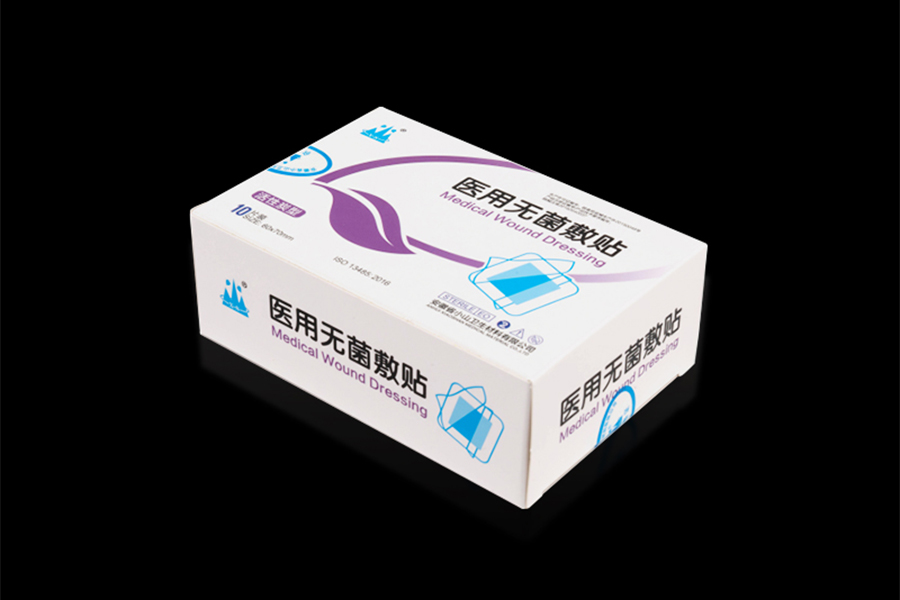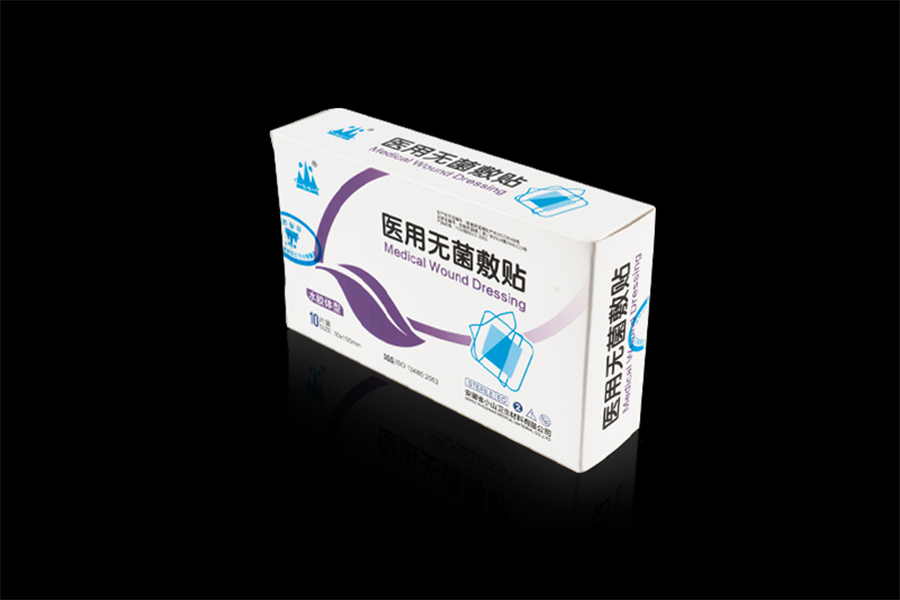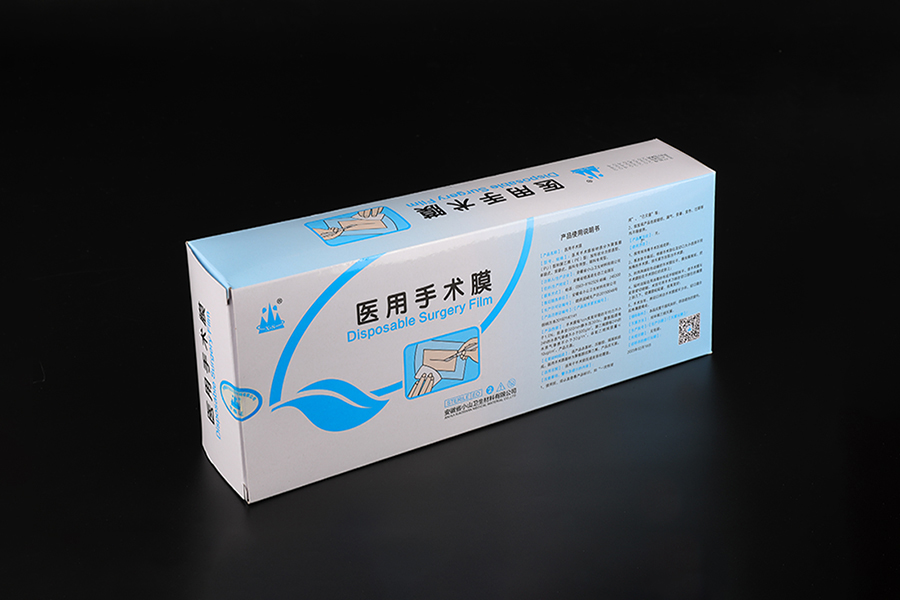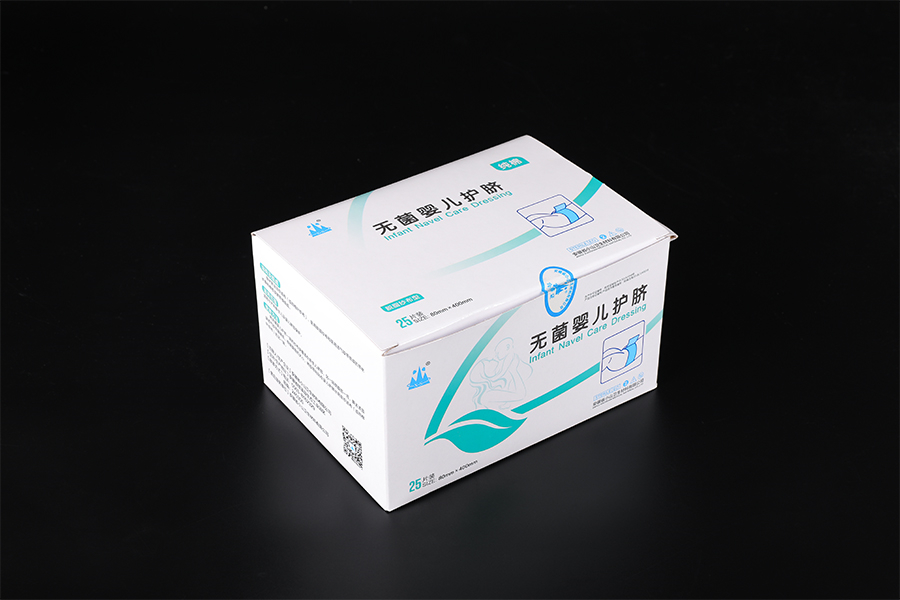When using gauze bandages on sensitive skin or in pediatric care, several important considerations should be taken into account:
Skin Sensitivity:
Use hypoallergenic gauze to minimize the risk of allergic reactions.
Test small areas of skin with adhesive materials to check for sensitivity before full application.
Opt for gauze made from natural fibers, as they tend to be gentler on the skin.
Gentle Application:
Apply the gauze without pulling or stretching the skin, which can cause discomfort.
Consider using soft, flexible techniques to secure the bandage, avoiding excessive tightness.
Encourage a distraction technique for children during application to reduce anxiety.
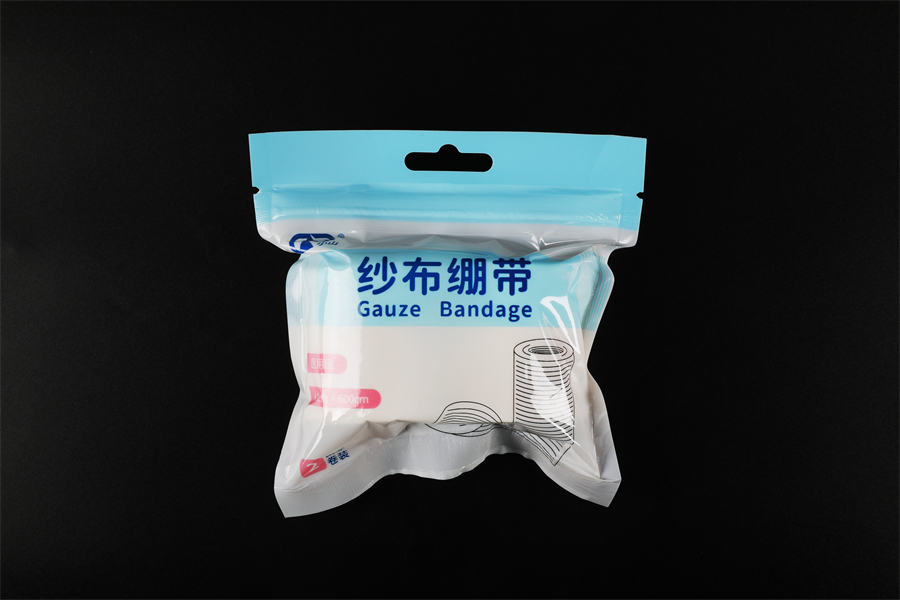
Moisture Management:
Choose highly absorbent gauze to manage exudate while allowing airflow to the wound.
Change the bandage frequently to prevent moisture buildup, which can lead to irritation.
Consider using a moisture-wicking layer under the gauze for added protection.
Securing the Bandage:
Use gentle, non-irritating tape to secure the gauze, ensuring it’s easy to remove later.
Explore non-adhesive wraps that provide stability without direct contact with sensitive skin.
Ensure the bandage does not constrict movement, which can be especially important for active children.
Monitoring for Reactions:
Regularly check for signs of irritation, such as redness, swelling, or itching, especially in sensitive areas.
Educate caregivers on recognizing symptoms that indicate the need for changing or removing the bandage.
Document any reactions to specific materials used, aiding future wound care decisions.

 English
English 中文简体
中文简体
